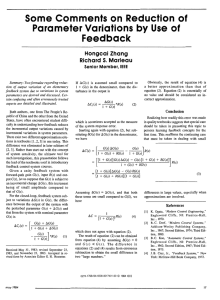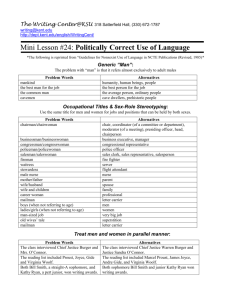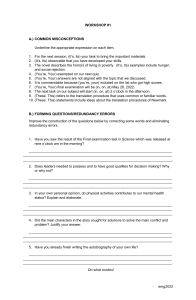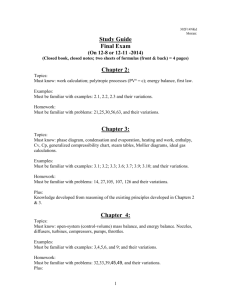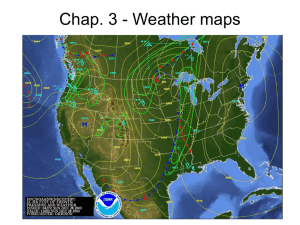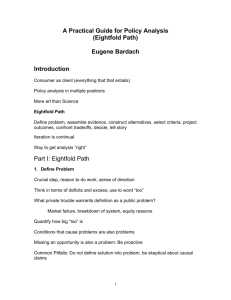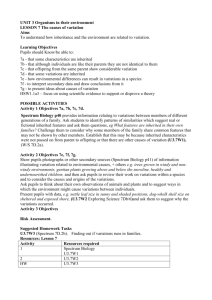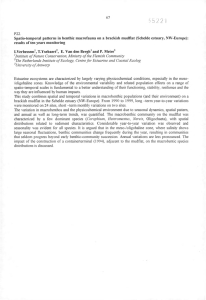91627 Sample Assessment Schedule
advertisement
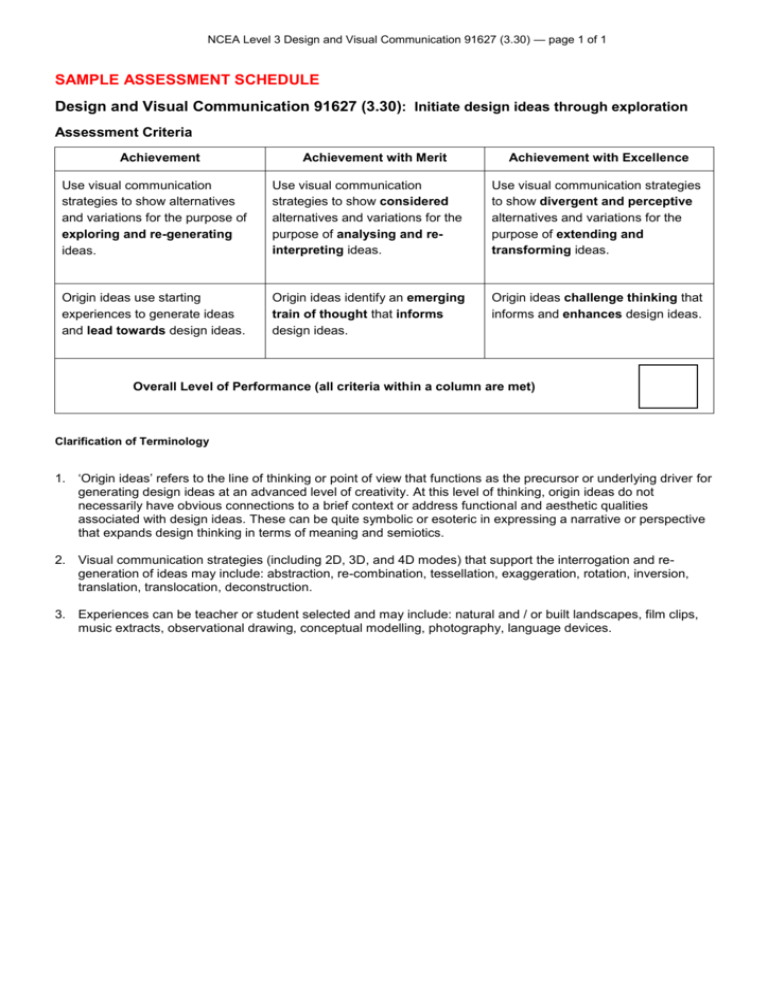
NCEA Level 3 Design and Visual Communication 91627 (3.30) — page 1 of 1 SAMPLE ASSESSMENT SCHEDULE Design and Visual Communication 91627 (3.30): Initiate design ideas through exploration Assessment Criteria Achievement Achievement with Merit Achievement with Excellence Use visual communication strategies to show alternatives and variations for the purpose of exploring and re-generating ideas. Use visual communication strategies to show considered alternatives and variations for the purpose of analysing and reinterpreting ideas. Use visual communication strategies to show divergent and perceptive alternatives and variations for the purpose of extending and transforming ideas. Origin ideas use starting experiences to generate ideas and lead towards design ideas. Origin ideas identify an emerging train of thought that informs design ideas. Origin ideas challenge thinking that informs and enhances design ideas. Overall Level of Performance (all criteria within a column are met) Clarification of Terminology 1. ‘Origin ideas’ refers to the line of thinking or point of view that functions as the precursor or underlying driver for generating design ideas at an advanced level of creativity. At this level of thinking, origin ideas do not necessarily have obvious connections to a brief context or address functional and aesthetic qualities associated with design ideas. These can be quite symbolic or esoteric in expressing a narrative or perspective that expands design thinking in terms of meaning and semiotics. 2. Visual communication strategies (including 2D, 3D, and 4D modes) that support the interrogation and regeneration of ideas may include: abstraction, re-combination, tessellation, exaggeration, rotation, inversion, translation, translocation, deconstruction. 3. Experiences can be teacher or student selected and may include: natural and / or built landscapes, film clips, music extracts, observational drawing, conceptual modelling, photography, language devices.









